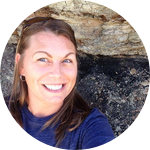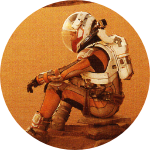Please wait...
About This Project
Big Horn Basin Foundation
We intend to describe the skeletal anatomy and phylogeny of one of the earliest maniraptoran dinosaurs of North America. Maniraptoran theropods (including the famous Velociraptor) were the group of dinosaurs that includes the ancestors of birds. The new specimen lived in Wyoming during the Late Jurassic Period (~150 mya). Only three feet long, this new species is one of the smallest dinosaurs from the Morrison; it's considered a missing link between small, meat–eating dinosaurs and modern birds.

Browse Other Projects on Experiment
Related Projects
Excavating dinosaurs from the Late Cretaceous Almond Formation of Wyoming
In 2021 and 2023 we surveyed the Late Cretaceous Almond Formation of Wyoming for fossils. We discovered...
Documenting the dinosaur ecosystem of the Late Cretaceous Almond and Rock Springs Formations
The Late Cretaceous Almond Formation has been known to produce dinosaurs since 1937. Still, the fauna it...
Exploring the poorly studied Late Cretaceous Almond Formation for dinosaur remains
We are leading an expedition to the Late Cretaceous Almond Formation of Southwestern Wyoming. Our goal is...





